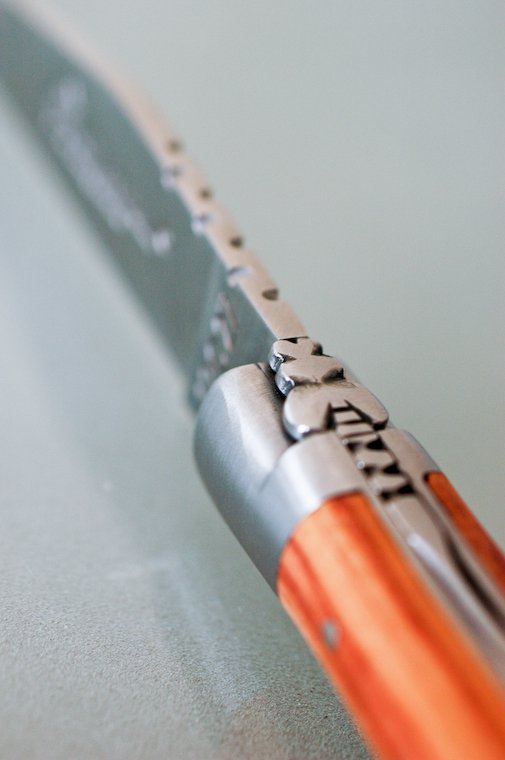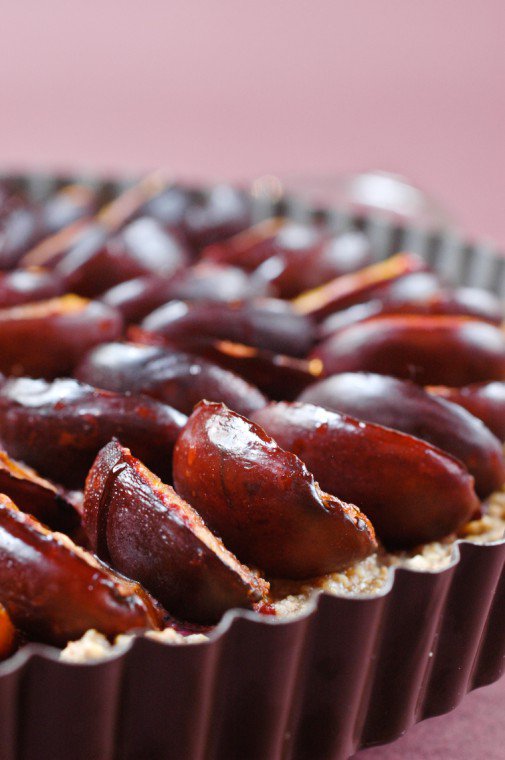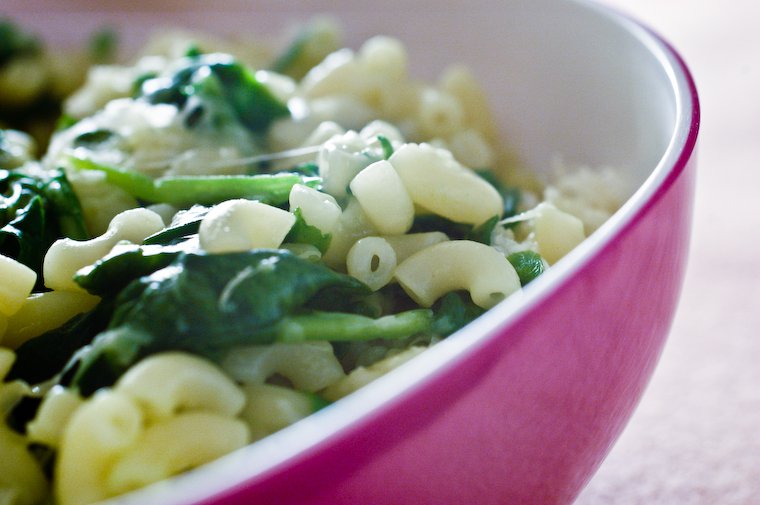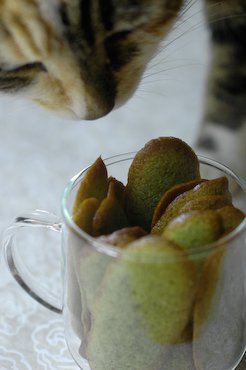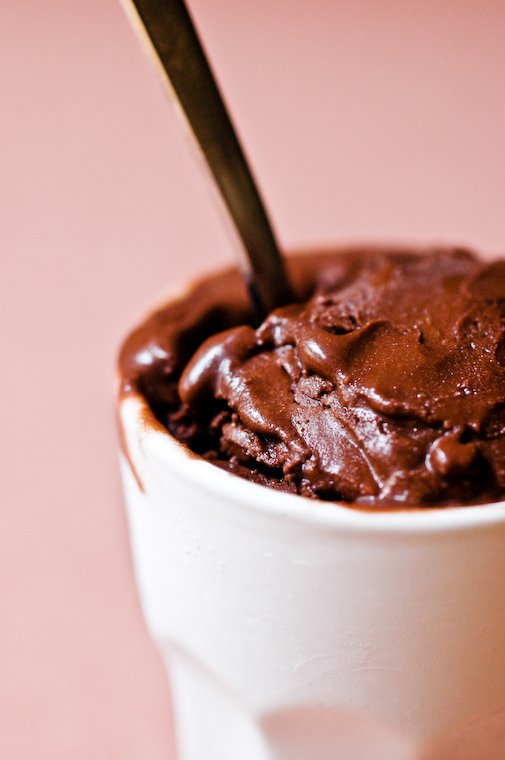All right, I’m back! Technically, I have been back from my vacation for ten days, but as soon as I returned, I left again to be a witness at the wedding of two of my favorite people in the world, an honor and a duty that I took very seriously, although they ended up requiring very little work from me — the purchase of a pretty dress, the signing of a registry, and, at one point, the making of a salad dressing.
No sooner had I touched ground after the ceremony and assorted celebrations that I found myself aboard the Eurostar, whooshing my way to London for two booksigning events, a few nice meals, and an elating food shopping session at the new Kensington Whole Foods store, with the best food shopping companion one could hope for, one with the curiosity of a child and the stamina of a marathon runner.
It took me a few days to recover and attempt to catch up with three weeks of unanswered emails — the gods of the Internet are chuckling, presumably at the absurdity of such an ambition — but here I am now, ready to take over the world or, at the very least, refill the gaunt shelves of our fridge and start cooking anew.
And just like every child deserves cool gear to start a fresh school year, I have acquired a new little helper.
Please meet my Laguiole pocket knife!
Eleven centimeters* when folded, twenty when it stands at full height, it has a rosewood handle, a Swedish stainless steel blade, and a hand-forged, hand-etched spring adorned with the signature bee (some say it is a fly; I say feh). It is sharp, it is beautiful, and I haven’t been this knife-proud since my father bought me a tiny opinel when I was eight.
